7 Lessons The Callisto Protocol Sequel Must Learn From the Dead Space Remake
Everything The Callisto Protocol should learn from Dead Space
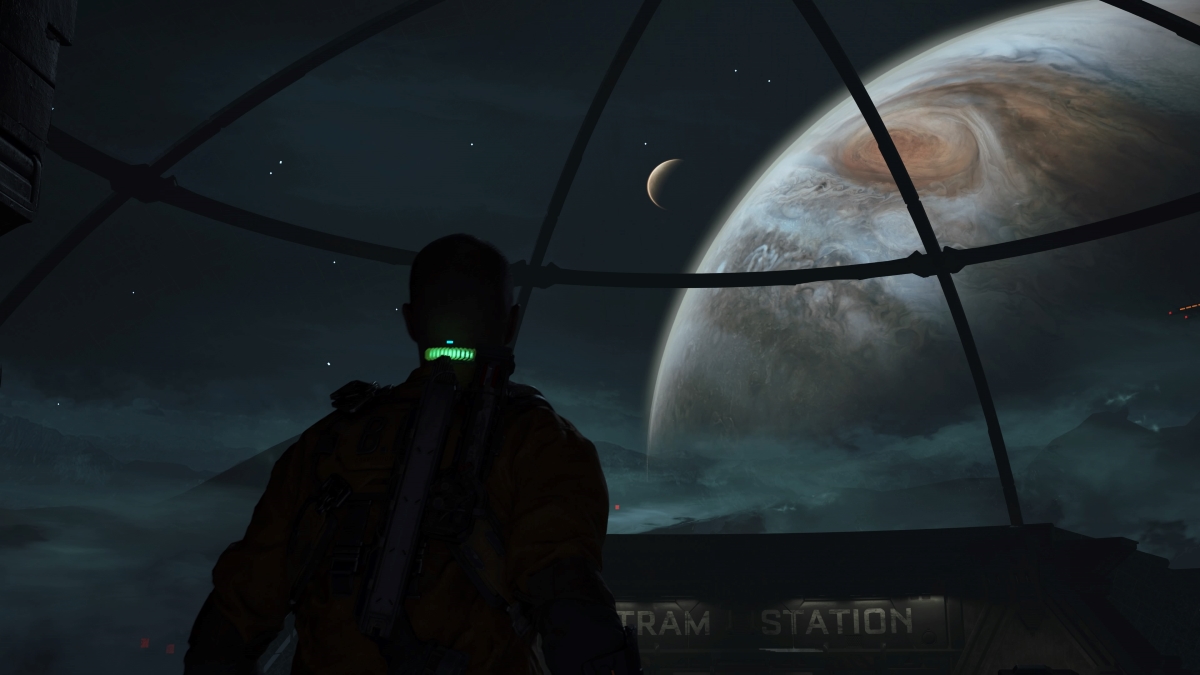
The past few months have been very generous to sci-fi horror gamers, courtesy of two major releases many years in the making. First, in December 2022, gamers got a chance to experience the highly anticipated title from Glen Schofield and Striking Distance Studios, The Callisto Protocol, which was followed merely a month and a half later by Electronic Arts and Motive Studio’s Dead Space Remake. Despite the publicity around The Callisto Protocol and Dead Space, the two titles were received very differently, as the former generated mixed reviews, while the latter garnered critical acclaim, and was rated among the best titles in the current generation of gaming.
Personally, I consider myself a fan of both games and have even defended The Callisto Protocol against unfair criticism, but after experiencing multiple playthroughs of both sci-fi horror stories, it is abundantly clear that the Dead Space Remake surpassed The Callisto Protocol in every respect. Although I am not blind to the many flaws of The Callisto Protocol, as someone who sees the game as a diamond in the rough with potential for greatness, here are seven lessons that a sequel to The Callisto Protocol (if there even is one) must learn from the Dead Space Remake.
You Don’t Need Celebrities to Make a Great Game
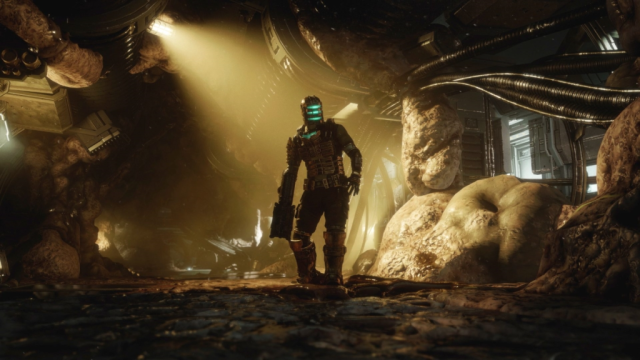
Not only did The Callisto Protocol enlist a number of big name celebrities for its cast, but even the game’s marketing was star-studded. Alongside a character roster that comprised movie action hero Josh Duhamel, television standout Karen Fukuhara, and voice acting legend Sam Witwer, the game’s prequel podcast, Helix Station, featured the Emmy-nominated actress Gwendoline Christie, as well as notable character actor Michael Ironside. Furthermore, The Callisto Protocol even created social media marketing campaigns with NFL superstars George Kittle and Von Miller. While I found all of these actors and endorsers to be very impressive in their various roles, to use a quote from The Callisto Protocol, “There is always a price to pay.” Using celebrity talent and endorsers is not cheap and likely required a large amount of capital to acquire their services. While I am not privy to the budgetary practices of the game’s developer Striking Distance and/or publisher Krafton, in retrospect, thinking back to the numerous bugs and problems that The Callisto Protocol faced at launch, as well as the game’s combat flaws, it seems like the budget went to acquiring celebrity talent to generate sales instead of making the best user experience possible.
On the other hand, the Dead Space Remake went a different route, using lesser-known, but nevertheless talented, experienced actors. While Dead Space’s cast all have impressive filmographies, they simply are not mega stars. Even Dead Space’s biggest name, Gunner Wright (who returned to reprise his role as Isaac Clarke after past performances in the second and third games of the series) is nowhere near as famous as any of The Callisto Protocol’s big three performers, or even the Helix Station podcast actors. Once again, while I do not know the compensation details for the cast of either game, it is not unreasonable to assume that Dead Space was able to assemble a comparably talented cast to The Callisto Protocol at a fraction of the cost. To be clear, this isn’t meant to slight the talented performers or endorsers of The Callisto Protocol, but it goes to show that celebrities don’t make games great, developers do.
Related: The Voice Cast of the Dead Space Remake Listed
Replayability Matters
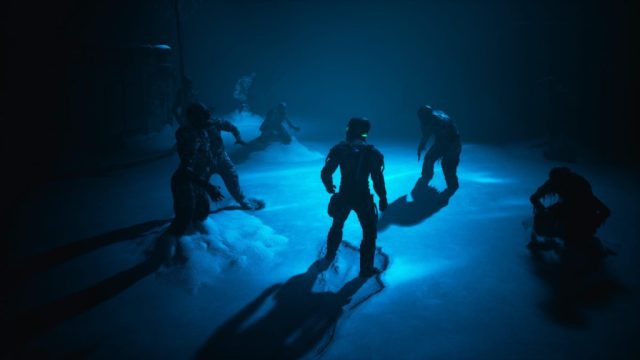
Motive Studio placed an emphasis on creating replayability in the Dead Space Remake. For those who don’t know what replayability means, the simplest explanation is the idea of being able to play a game multiple times without it feeling repetitive. The Dead Space Remake has multiple endings, secret collectibles, various difficulties, a permadeath mode, interesting trophy/achievement challenges, new game plus, side missions, unlockable locations, and a diverse arsenal of weapons to try out. On the other hand, The Callisto Protocol is ultimately a very linear experience that didn’t even have new game plus until over a month after launch. While I enjoyed playing through Black Iron Prison multiple times on various difficulties, The Callisto Protocol has nowhere near the replayability of Dead Space’s USG Ishimura. Simply put, Dead Space is a game that you have to play multiple times if you want to see everything (and you will be excited to), whereas you really only have to play The Callisto Protocol once to fully explore it.
Although Dead Space is lightyears ahead of The Callisto Protocol in terms of replayability, I think both sci-fi horror experiences could be well served to take a page from the Resident Evil series, whose games go even further by featuring speed-running scores, challenge modes, and even multiple playable characters in some instances.
Stop Trying to be Dead Space
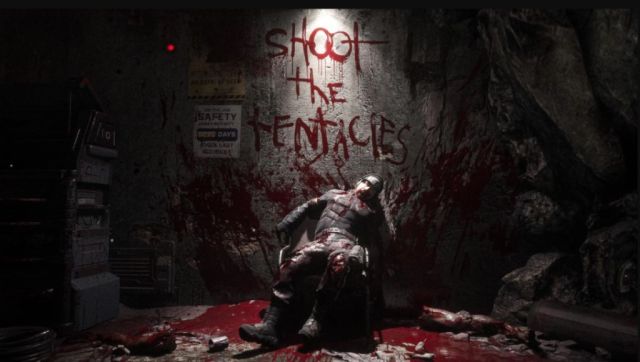
While I don’t think it’s fair that The Callisto Protocol is incessantly compared to Dead Space (as I hypocritically write an article comparing the two games), Striking Distance must do more to escape from the survival horror classic’s shadow. Even though there are some occasional flashes of differentiation, such as some pulse pounding stealth sections and a predilection for melee combat, The Callisto Protocol is always going to be looked at as a generic brand knockoff if it continues to mimic the Dead Space formula. I think it would be a refreshing change of pace if Striking Distance leaned more heavily into stealth gameplay for the sequel, as well as featuring more of the terrifying Security Unit robots seen in the first game, and making the combat even more melee-centric, but with a caveat that will be discussed more in the next section.
Combat is Paramount
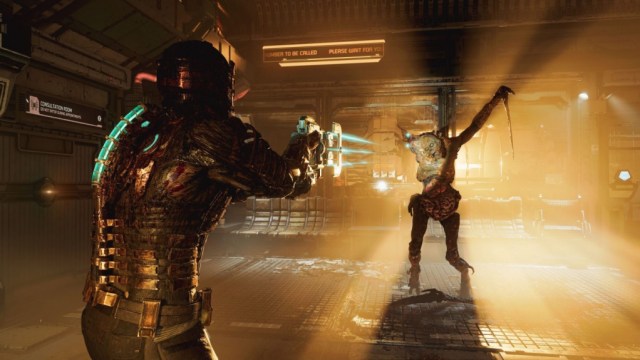
One of the biggest complaints about The Callisto Protocol has been its melee combat system, which has been largely panned as clunky and repetitive. Although I appreciate the fact that Striking Distance tried to be unique in their control scheme and would even argue there is an unsung element of realism found in The Callisto Protocol’s combat, after playing the Dead Space Remake, it became increasingly clear that something needs to change for Striking Distance’s sequel, as it was not anywhere near the standard set by Motive Studio’s newest game.
While Dead Space has intricately designed, tight, varied dismemberment action that never stops feeling suspenseful and exciting, The Callisto Protocol’s combat becomes tedious very quickly. To put it bluntly, the more I played the Dead Space Remake, the more I realized a pressing need for a combat overhaul in The Callisto Protocol’s sequel. Striking Distance would be well-served to move on from their current system and create a combat experience inspired by Soulsborne/Soulslike games, which would maintain The Callisto Protocol’s melee-centric focus, while giving players a more familiar control scheme and gameplay mechanics.
Worldbuilding, Characters, and Story are Not Secondary Features
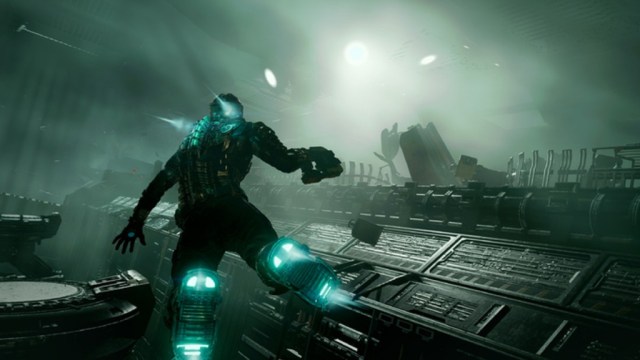
The Dead Space Remake took everything that made the original 2008 story great and built upon it. The game further explored its predecessor’s plot threads, introduced more backstory in the form of side missions, along with bringing back the memorable cast of NPCs, and incorporating interesting lore/world building. On the other hand, despite the intriguing, morally ambiguous nature of some of The Callisto Protocol’s characters, there is a glaring lack of backstory and world building in its universe. The Callisto Protocol’s sequel should learn from the Dead Space and improve its lore, narrative, and flesh out the backstory for the game’s characters and setting.
Variety is the Spice of Horror
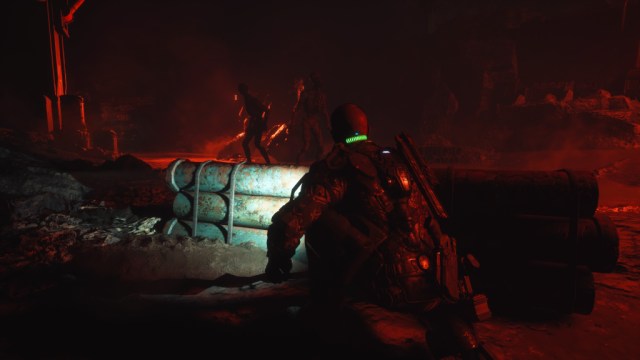
Dead Space’s enemy variation is among the greatest not just of its genre, but in all of gaming. There is an entire ecosystem of Necromorphs each possessing their own unique, grotesque talents, and new ways to terrify gamers in every encounter. Even though The Callisto Protocol has some decent enemy variation found in its Biophages, including an excellent mutation gameplay mechanic, in comparison to Dead Space, there are only about half as many monster types, and in some cases seem like reskins of the iconic Necromorphs. One can only hope that a prospective sequel to The Callisto Protocol would not just improve enemy variation, but push the limits of sci-fi horror even further with some fresh, new, never before seen creature designs.
Related: The Scariest Monsters in Dead Space Remake, Ranked
Immersion is Important
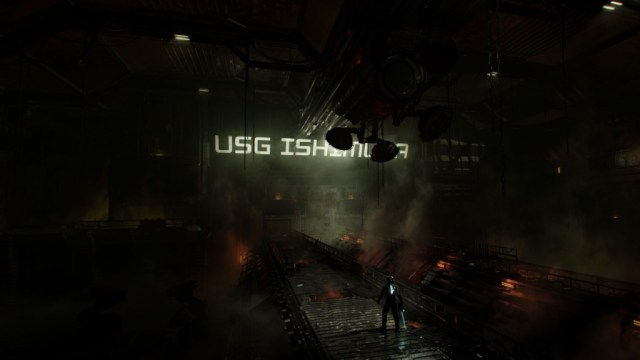
Lastly, one of the biggest gaps between Dead Space Remake and the Callisto Protocol is the believability of their settings. Dead Space’s USG Ishimura has authentic attention to detail, with every deck serving a unique purpose, and everything is connected by a tram system, making the Ishimura feel like a real starship. Thanks to backtracking and exploration, you can fully traverse the Ishimura and really take in the setting, imagining the daily life of the crew on the planet-cracking vessel (if it wasn’t in the midst of an apocalyptic Necromorph outbreak). Even the game’s weaponry seems rooted in reality, as most of Isaac’s arsenal consists of repurposed mining tools.
On the other hand, The Callisto Protocol’s Black Iron Prison has some interesting features and set pieces, but doesn’t feel particularly interconnected or realistic. Inside the confines of the prison, the walls are strewn with razor sharp spikes and massive whirling fan blade machinery, both of which seemingly serve no purpose other than being environmental hazards. Also, the linear nature of The Callisto Protocol doesn’t allow for any exploration, making the game a hodgepodge of levels to press through until you reach the conclusion. Basically, along with making the setting feel more realistic, a sequel to The Callisto Protocol would be wise to incorporate some of the metroidvania-esque components from the Dead Space Remake, allowing for players to backtrack and explore, creating immersion in the world.
Speaking of immersion, if you want to truly delve into the world of gaming, from news to guides, as well as reviews and features, Prima Games has everything you need, just a click away.
